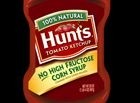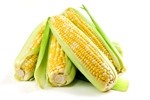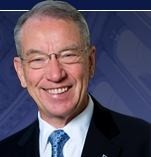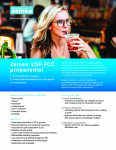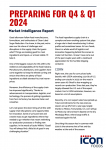One in 50 new products in US now features ‘No HFCS’ claim
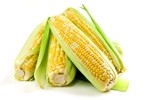
The statistic, unveiled at the SupplySide East show last week by Datamonitor product launch analytics director Tom Vierhile, reflects a growing trend on the part of food manufacturers to avoid anything consumers don't recognize on a label and steer clear of anything pilloried by the media (fairly or otherwise).
Meanwhile, HFCS, which is also on the Whole Foods Market list of 'unacceptable ingredients' suppliers are instructed to avoid, is also something that 35 percent of consumers now claim to look for on labels compared with 20 percent in 2006, claimed Natural Marketing Institute business director Bob McNabb.
The institute's comments came as sugar refiners and farmers filed a lawsuit against leading corn refiners in a bid to stop them from rebadging HFCS as ‘corn sugar’ in a TV ad campaign.
The ads, which try to tackle popular misconceptions about HFCS, have also been blasted by the National Consumers League (NCL), which wrote to the Federal Trade Commission (FTC) last Friday calling for it to “put an end to the false and deceptive advertising” to “protect consumers’ health and welfare”.
Consumer group: FTC should co-ordinate with FDA
In the letter, which urges the FTC not only to stop the campaign but force the Corn Refiners Association (CRA) to “run corrective advertising to dispel any lingering misconceptions” it may have caused, the NCL calls on the FTC to take coordinated enforcement action with the Food and Drug Administration (FDA).
The FDA is currently considering a petition by the corn refining industry to amend food labeling rules so that ‘corn sugar’ could be used to describe HFCS.
However, it is not clear to what extent, if any, the FDA’s decision – which relates to food labels – will have any bearing on the legal action or complaints made to the FTC – which scrutinizes claims made in advertising and marketing materials.
The Corn Refiners’ Association declined to comment on this point, but the NCL said that in taking action, “the FTC should co-ordinate closely with the FDA”.
‘Blatant attempt to call HFCS something it is not’
The FTC should recognize that the CRA’s use of the term corn sugar to describe HFCS was “intended to hide the presence of HFCS from the public,” claimed the NCL.“The CRA makes a blatant attempt to call HFCS something it is not.”
The CRA – which represents the corn refining industry in the US – claims that the term ‘corn sugar’ would provide greater clarity for consumers, many of which were currently laboring under the misapprehension that HFCS was significantly higher in calories, fructose, and sweetness than table sugar (sucrose).
Such was the confusion that consumers trying to reduce fructose consumption or avoid fructose might even switch from HFCS to other sweeteners that contained even higher levels of fructose, for example, agave syrup, which was over 90% fructose, argued the CRA.
CRA: HFCS is not high in fructose
In reality, HFCS contained the same number of calories as sucrose (table sugar), and almost the same ratio of its two principal ingredients: fructose and glucose, said the CRA.
“Sucrose contains about 50:50 fructose to glucose and undergoes almost identical processing steps as HFCS, which is not high in fructose at all. In fact, its composition is approximately half fructose corn syrup, which is similar to sugar. ’Com sugar’ more closely reflects reasonable consumer expectations and more accurately describes the basic nature of the ingredient and its characterizing properties.”
HFCS 55, which is used in soft drinks, contains 55 percent fructose with the balance made up mostly by glucose; while HFCS 42, which is used in foods, contains about 42 percent fructose with the balance mostly comprising glucose.
